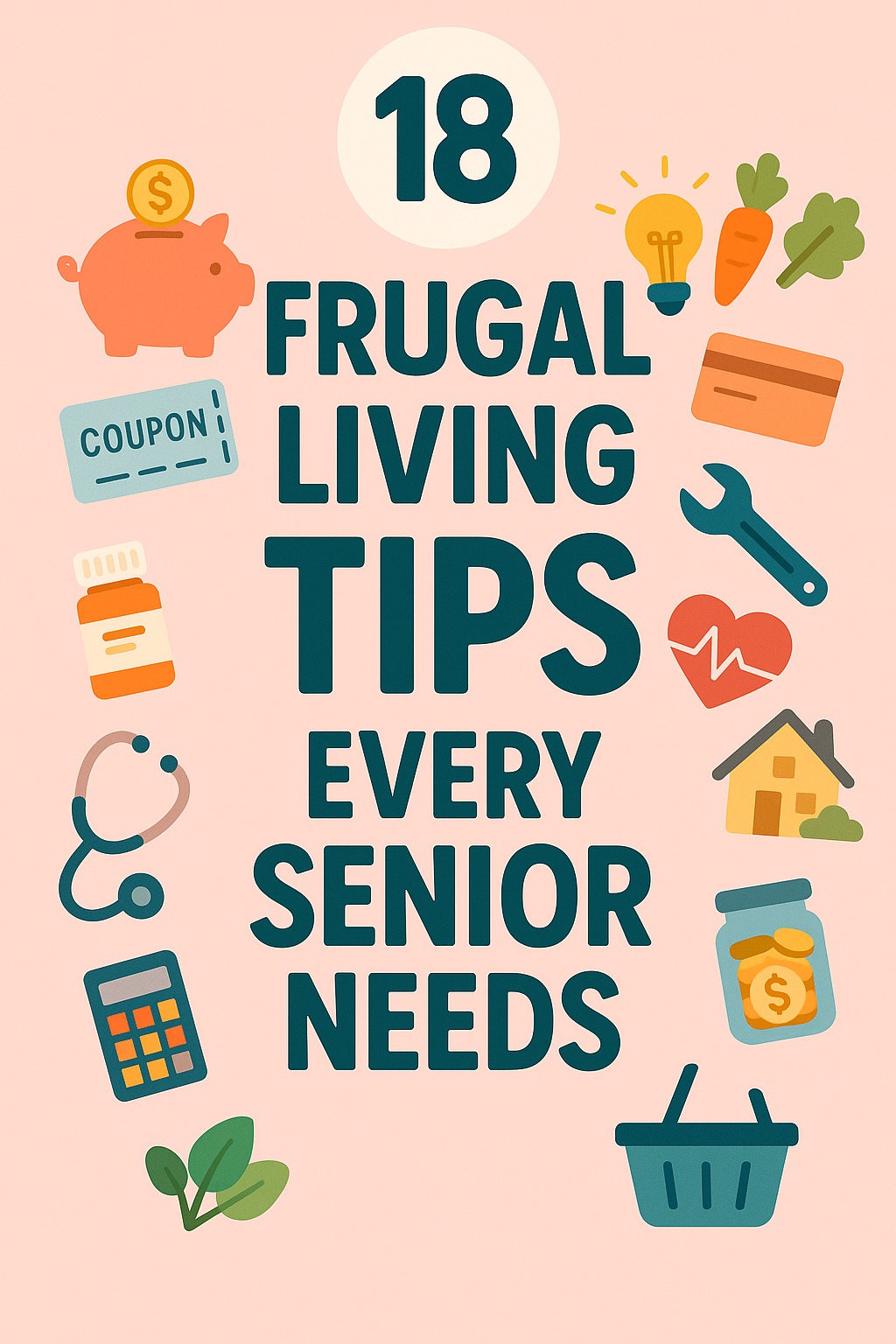
Use these tactics, pick the ones that fit, and act. I’ve linked directly to official resources and high-quality guides.

Banking, cash flow, and credit
- Grab any 401(k) match first – it is an instant, risk-free return. See the current limits here: IRS 401(k) contribution limits for 2025.
- Use an HSA if you have an HDHP – contributions, growth, and qualified withdrawals are tax-free. Learn mechanics in IRS Publication 969 and check 2025 HSA limits in Rev. Proc. 2024-25.
- Use a health FSA for predictable care – pretax dollars up to the annual cap. See the 2025 cap at IRS: 2025 health FSA limit.
- Set paycheck withholding accurately – keep more cash each month without a big refund later. Run the IRS Tax Withholding Estimator.
- Use Direct File or Free File – avoid paid prep when you qualify. Start with IRS Direct File and IRS Free File.
- Claim the Earned Income Tax Credit if eligible – it is refundable. Check rules and amounts at IRS: Earned Income Tax Credit.
- Claim the Saver’s Credit when you contribute to retirement – lowers tax owed. See who qualifies: IRS: Saver’s Credit overview.
- Roll old 529 money to a Roth IRA (new Secure 2.0 option) – within tight limits. See the rule note in IRS Pub. 525 (rollovers to Roth IRA).
- Get free weekly credit reports – permanently available from all three bureaus. Start at FTC: free weekly credit reports and request via AnnualCreditReport.com.
- Freeze your credit for free – block new-account fraud and cut future hassle. How-to: Security freeze basics (links to each bureau inside).
- Avoid overdraft fees – turn off overdraft, set alerts, and use low-balance notifications. Read the regulator’s guide: CFPB on overdraft fees.
- Scan for lost money – unclaimed refunds, deposits, insurance, and payroll are common. Search via USA.gov: Unclaimed money and the state network at MissingMoney.com.
Taxes and workplace benefits
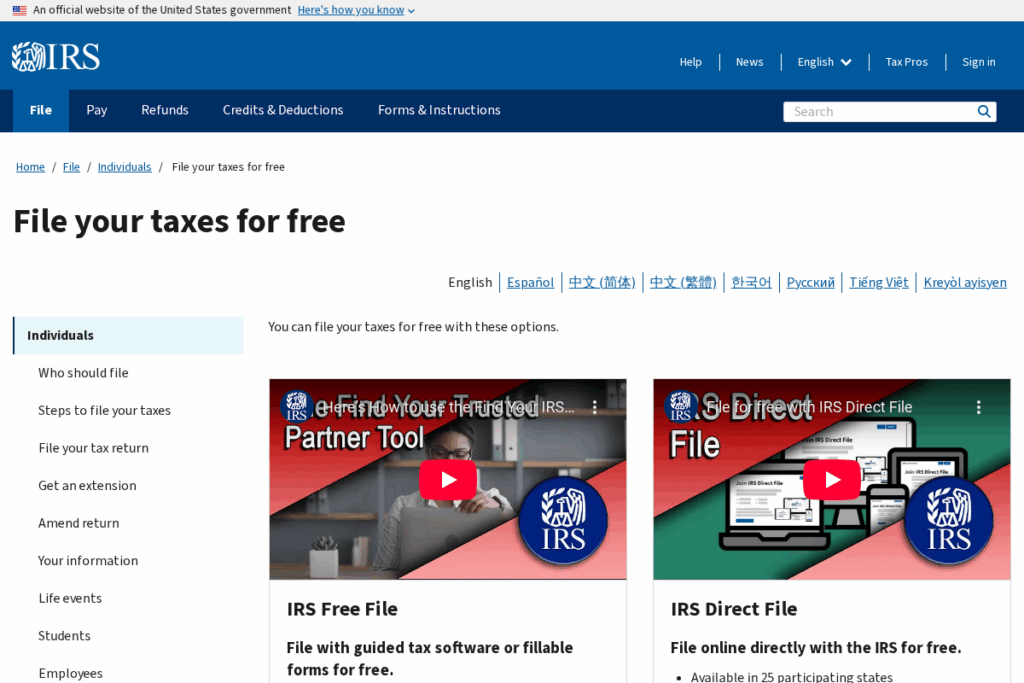
- Use pre-tax transit and parking – save income and payroll tax up to the monthly caps. See 2025 limits in IRS Publication 15-B.
- Check if VITA/TCE will file your return free – trained IRS-certified volunteers. Start at File your taxes for free.
- Use employer legal benefits, EAPs, and counseling – often bundled at no extra cost; ask HR.
- Use Dependent Care FSA for child care – pretax savings can beat the credit depending on income. See details in IRS Pub. 15-B.
- Optimize student loans with IDR or PSLF if eligible – check official rules and current changes at Income-Driven Repayment and Public Service Loan Forgiveness. Track 2025 SAVE/IDR updates here: IDR court-actions page.
- File amendments when you miss credits – EITC, Saver’s Credit, or education benefits can be claimed later. Start with Form 1040-X.
Bills, telecom, and subscriptions
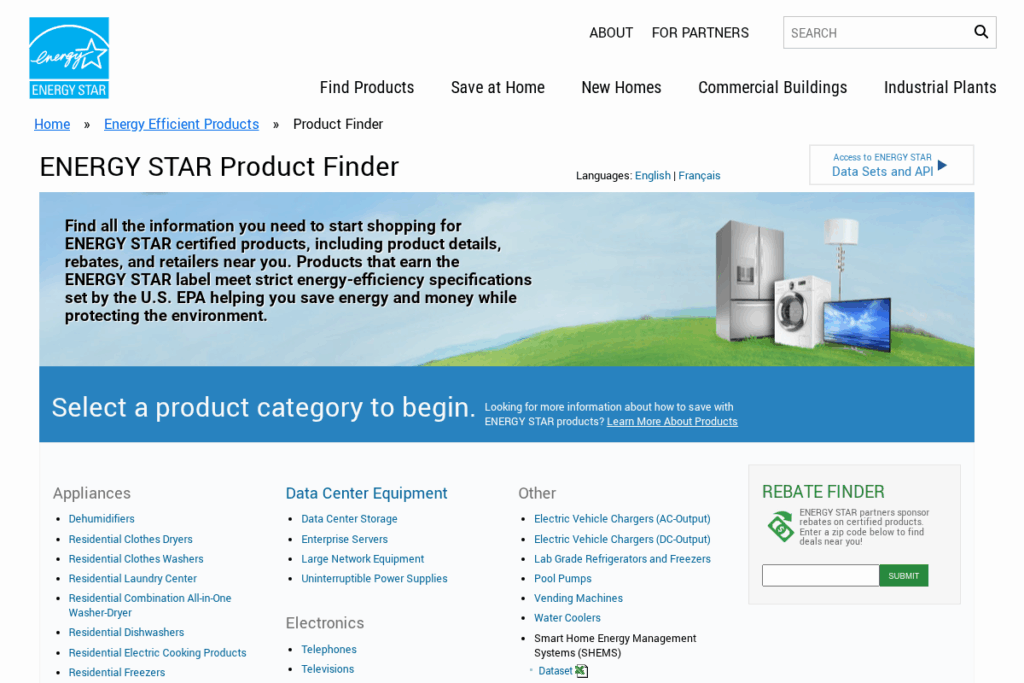
- Qualify for discounted phone or internet with Lifeline – monthly federal benefit. Verify eligibility at USAC: Lifeline overview and find providers via Companies Near Me tool.
- Use EveryoneOn to find low-cost plans near you – major ISPs and nonprofit offers. Try the EveryoneOn offer locator.
- Ask your utility and insurer for autopay or paperless discounts – small cuts add up; check your statements.
- Audit subscriptions quarterly – cancel in writing and screenshot confirmations. See FTC: free-trial offers and tips for avoiding “negative-option” traps.
- Use your public library’s “Library of Things” – borrow tools, instruments, hotspots, and more. Background: American Libraries: Library of Things.
- Reserve free or discounted museum passes with your library card – example: Boston Public Library museum passes and NYPL Culture Pass.
Health and prescriptions
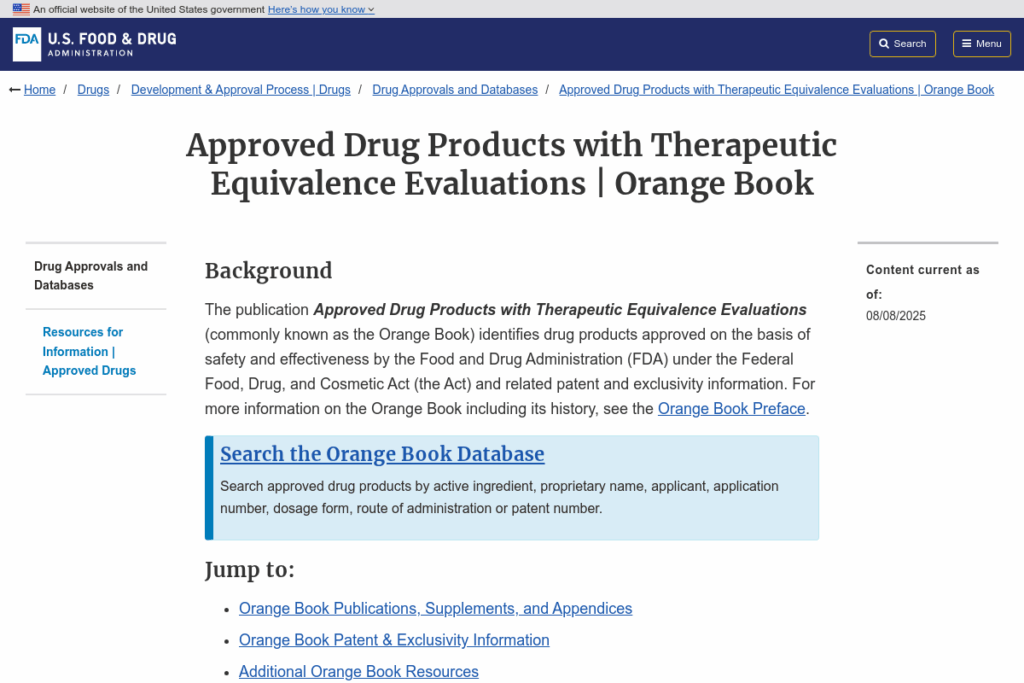
- Use no-cost preventive care on ACA-compliant plans – annual checkups, screenings, and vaccines. See Healthcare.gov: preventive services.
- Ask for generics using the FDA’s Orange Book – confirm therapeutic equivalence. Check the FDA Orange Book.
- Price 90-day supplies through your plan’s mail-order pharmacy – fewer copays and fewer trips.
- If you get a surprise medical bill, use your rights under the No Surprises Act – dispute out-of-network charges in emergencies. Read CMS: No Surprises Act protections.
- Ask hospitals about “financial assistance” policies – many must offer charity-care or discounts. See the tax rule at IRS §501(r) hospital requirements.
- Track FSA/HSA deadlines and carryovers – avoid forfeits; confirm your plan’s rules. Reference limits: IRS Pub. 969 and IRS on 2025 FSA cap.
Home, utilities, and energy
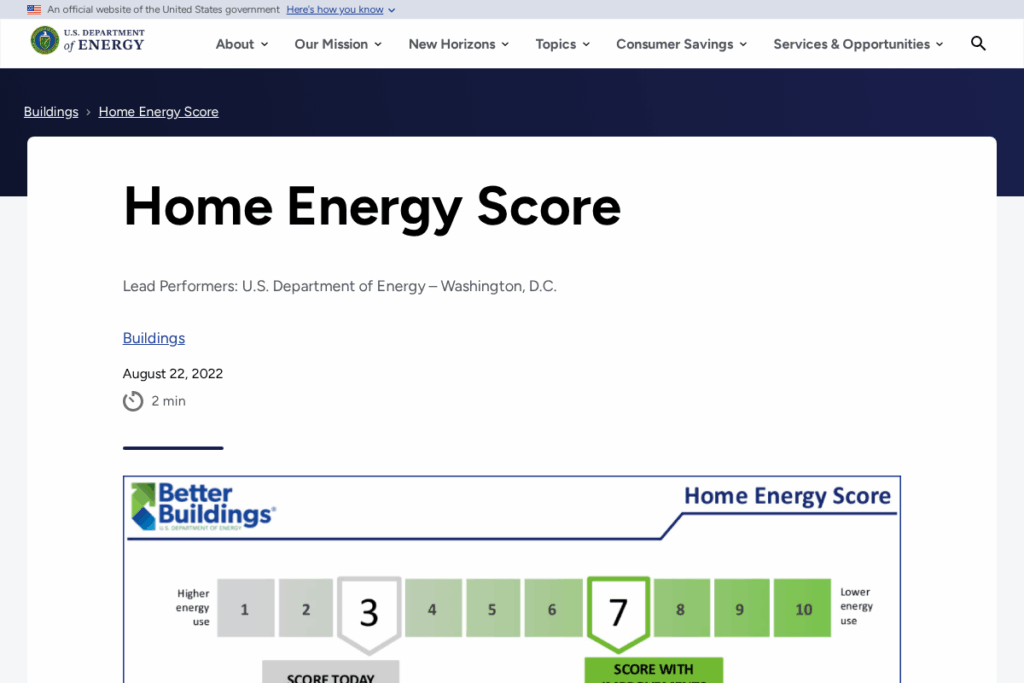
- Apply for LIHEAP if you struggle with heating or cooling bills – federal aid via states. Start at HHS: LIHEAP.
- Get a free or low-cost weatherization audit and upgrades via DOE WAP – insulation, air-sealing, and more. See DOE: Weatherization Assistance Program.
- Claim federal home energy tax credits – insulation, heat pumps, windows, and more. See Energy Efficient Home Improvement Credit (25C) and Residential Clean Energy Credit (25D).
- Check your state’s IRA rebates as they roll out – large point-of-sale discounts for electrification and efficiency. Track status at DOE: Home Energy Rebates.
- Use the ENERGY STAR Rebate Finder before you buy appliances – stack utility and retailer offers.
- Use the EPA WaterSense Rebate Finder for toilets, showerheads, and faucets – water savings cut energy bills too.
- Get a low-cost Home Energy Score – a quick DOE assessment with prioritized fixes. Learn what it is: DOE: Home Energy Score overview.
- Follow official energy-saver steps – air-seal, right-size water-heater temperature, smart thermostats. Start with DOE: Energy Saver.
- Ask your utility about time-of-use or budget billing – shift usage and smooth costs where offered.
- Recycle an old, working fridge or freezer through utility bounty programs – often pays cash; check the ENERGY STAR finder.
- Rent or borrow tools from local “tool libraries” for DIY – avoid one-time purchases. See the Tool Library Alliance.
- Replace five most-used bulbs with ENERGY STAR LEDs – use the ENERGY STAR Product Finder to pick right models.

Food and groceries
- Double SNAP fruits and veggies in many states – match your spend at participating stores and markets. Find your state at Double Up Food Bucks.
- Use SNAP at farmers’ markets and look for match tokens – how it works here: USDA FNS: attracting SNAP customers.
- Cut food waste with correct storage times – use the USDA FoodKeeper App.
- Plan around unit pricing and store brands – cheaper per ounce on staples; verify on shelf labels.
- Batch cook and freeze in portions – fewer impulse buys; safer with FoodKeeper storage guidance.
- Join a CSA with SNAP discounts where available – ask farms; some states support it via Double Up.
- Use library cookbooks and classes to expand low-cost recipes – free and practical.
- Check community fridges and food co-ops – local options can bridge short months.
Transport and insurance
- Drive efficiently – gentle acceleration, steady speeds, combine trips. Fuel-saving math: FuelEconomy.gov: driving efficiently.
- Keep tires properly inflated – low pressure burns fuel. Quick guide at FuelEconomy.gov: maintenance.
- Use pre-tax transit or parking benefits if commuting – limits explained in IRS Pub. 15-B.
- Shop auto insurance yearly and ask about telematics discounts – neutral overview at Insurance Information Institute: saving on auto insurance.
- If eligible, use state low-cost auto programs – e.g., California Low Cost Auto and New Jersey’s SAIP Dollar-a-Day policy.
- Maintain your car on-time – oil, air filter, alignment – to avoid expensive repairs and worse MPG.
Windfalls, protections, and misc.
- Search for local appliance, thermostat, and water rebates before you buy – hit ENERGY STAR rebates and WaterSense rebates.
- Reserve free cultural passes, tools, and hotspots from your library – see what many U.S. libraries lend plus your local system’s site.
- Keep an emergency buffer in a high-yield savings account – FDIC-insured up to limits; confirm your bank’s status.
- Document everything when cancelling services – timestamps, confirmations, and bank messages reduce dispute time. See FTC advice on subscriptions.
- Revisit this list twice a year – limits and programs update annually; key pages above stay current.
Reference hub
- Federal energy rebates and credits: DOE: Home Energy Rebates • IRS 25C • IRS 25D
- Student loans and PSLF: IDR plans • PSLF • Current SAVE/IDR updates
- Tax filing and credits: IRS Direct File • IRS Free File • EITC • Saver’s Credit
- Credit reports and freezes: FTC weekly reports • AnnualCreditReport.com • How to freeze credit
- Utilities help: LIHEAP • Weatherization Assistance Program
- Telecom savings: Lifeline • EveryoneOn low-cost offers
- Food savings: Double Up Food Bucks • USDA FoodKeeper
- Auto insurance: Insurance Information Institute tips • California Low Cost Auto • New Jersey SAIP
Laws, limits, and programs change. Always confirm on the linked official pages before acting.


